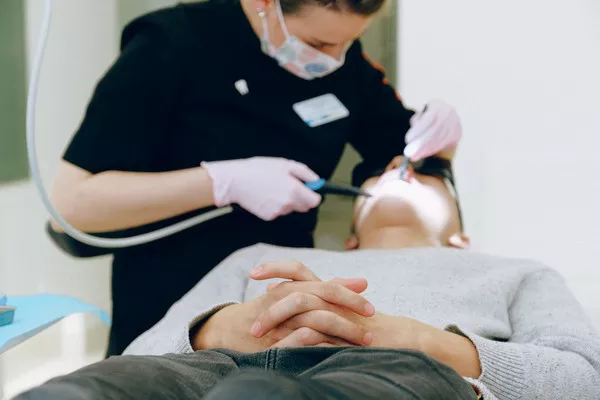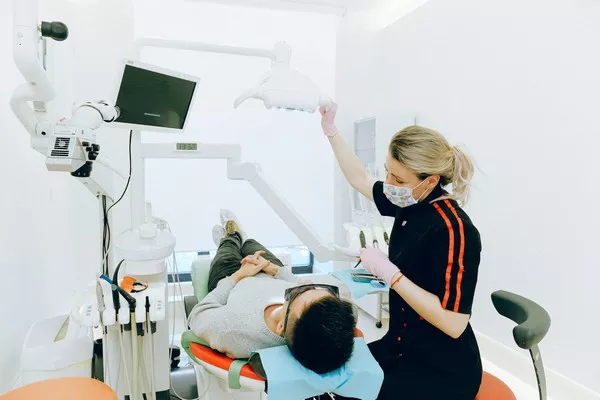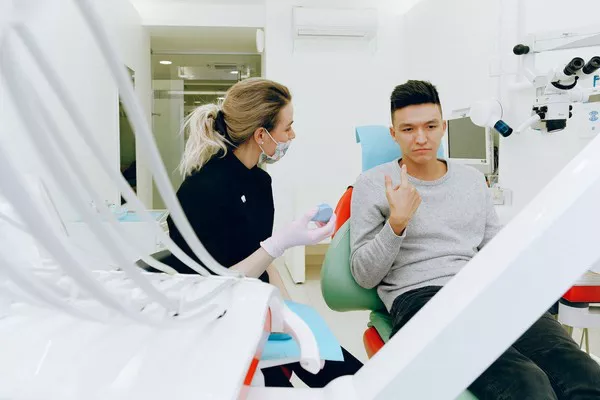Using whitening strips is a popular method for achieving a brighter, whiter smile. However, it is equally important to take proper care of your teeth after using whitening strips to maintain the results and preserve your oral health. In this comprehensive article, we will explore the essential steps to take after using whitening strips, including post-treatment oral hygiene, dietary considerations, managing sensitivity, and long-term maintenance. By following these guidelines, you can enhance the effectiveness of whitening strips and ensure a healthy, radiant smile.
Post-Treatment Oral Hygiene Practices
After using whitening strips, it is crucial to maintain good oral hygiene practices to preserve the results and support overall dental health. Here are some key steps to include in your post-treatment oral hygiene routine:
Rinse Thoroughly:
After removing the whitening strips, rinse your mouth thoroughly with water to remove any residual whitening gel.
Delay Brushing:
Wait at least 30 minutes before brushing your teeth after using whitening strips. This delay allows the tooth enamel to remineralize and reduces the risk of enamel abrasion.
Gentle Brushing Technique:
When it is time to brush your teeth, use a soft-bristled toothbrush and non-abrasive toothpaste. Brush gently in a circular motion to clean all surfaces of your teeth without causing unnecessary enamel wear.
Floss Regularly:
Don’t forget to floss! Daily flossing helps remove plaque and debris from between your teeth and along the gumline, preventing stains and maintaining oral health.
Dietary Considerations after Whitening Strips
To maintain the whiteness of your teeth and prevent staining, it is important to be mindful of your diet after using whitening strips. Here are some dietary considerations:
Avoid Staining Foods and Beverages:
For the first 48 hours after whitening, it is best to avoid or minimize consumption of staining foods and beverages. These include coffee, tea, red wine, dark-colored berries, soy sauce, and tomato-based products. If you do consume them, rinse your mouth with water afterward to minimize contact with your teeth.
Use a Straw:
When drinking beverages that may stain your teeth, such as coffee or tea, consider using a straw to minimize direct contact between the liquid and your front teeth.
Choose Teeth-Friendly Snacks:
Opt for teeth-friendly snacks such as crunchy fruits and vegetables, which can help remove surface stains through their natural abrasive action. Additionally, dairy products like cheese and yogurt can help neutralize acid in the mouth and promote enamel remineralization.
Managing Sensitivity
Tooth sensitivity is a common temporary side effect of using whitening strips. Here are some ways to manage sensitivity after using whitening strips:
Use Desensitizing Toothpaste:
Switch to a toothpaste formulated for sensitive teeth, containing ingredients like potassium nitrate or strontium chloride. These toothpastes work by desensitizing the nerves in the teeth and providing relief from sensitivity.
Limit Whitening Strip Usage:
If sensitivity persists or becomes bothersome, consider reducing the frequency of whitening strip usage or taking a break from using them for a while. This allows your teeth to recover and reduces sensitivity over time.
Consult with a Dental Professional:
If you experience severe or prolonged sensitivity after using whitening strips, it is recommended to consult with a dental professional. They can evaluate your oral health, provide personalized advice, and recommend additional strategies to manage sensitivity effectively.
Long-Term Maintenance and Touch-Up Treatments
Whitening strips provide noticeable results; however, maintaining a bright smile requires long-term care and occasional touch-up treatments. Here are some recommendations for long-term maintenance:
Regular Dental Check-ups:
Schedule regular dental check-ups to monitor the health of your teeth, address any concerns, and receive professional cleanings. Your dentist can provide guidance on maintaining your whitened smile and recommend touch-up treatments as needed.
Touch-Up Treatments:
Over time, the results of whitening strips may fade due to natural aging and lifestyle factors. Consider touch-up treatments to maintain a bright smile. These treatments may involve reapplication of whitening strips or alternative methods such as professional in-office treatments or at-home kits provided by dental professionals.
Follow Manufacturer’s Recommendations:
If you choose to use touch-up treatments, always follow the manufacturer’s instructions carefully to ensure safe and effective results. Avoid overusing whitening products, as this can lead to enamel damage and increased sensitivity.
Related Topics:































